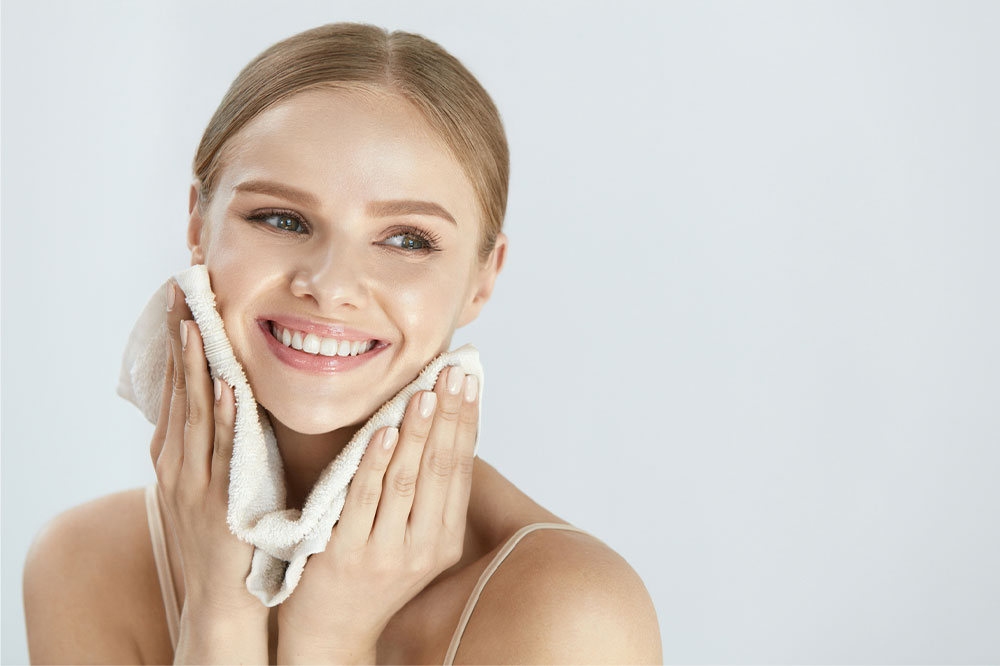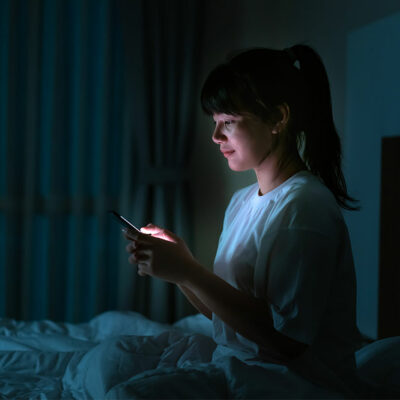
9 unhealthy habits that can harm skin health
A person’s skin is a reflection of their lifestyle and the foods they eat. If an individual follows a good skincare routine, such as bathing daily, moisturizing the skin regularly, and drinking plenty of water daily, their skin will remain fresh, soft, hydrated, and, above all, healthy. On the other hand, certain unhealthy nutritional and lifestyle habits are incredibly harmful to one’s skin. Here are some habits that can worsen one’s skin health.
Chatting on the phone constantly
Most people do not regularly clean or wipe their phone screens, allowing bacteria and germs to accumulate on its surface. On top of that, people spend a lot of time resting their chin or cheek against their phones. It causes the bacteria to come into contact with the skin directly, causing eventual, long-term breakouts and skin infections. Additionally, leaning one’s phone against the face causes friction, heat, and complete or partial blockage of certain blood vessels, leaving the skin in much worse condition. To avoid this, one can use a headset to prevent their face from touching their phone screen.
Ignoring moles
A mole can be a severe issue; however, most people ignore them, considering they are harmless. Moles are more than just prickly dark spots that one develops during certain seasons. Moles are an indicator of melanoma in people too. Therefore, one should not simply ignore moles on their skin. The right solution to avoid serious health issues like skin cancer is to get a mole screening done at least once yearly by an experienced dermatologist. During such examinations, one must ask the expert to inspect moles in the less-than-obvious skin areas, such as the soles of one’s feet, under the nails, and on the scalp.
Eating sugar-rich foods often
Foods heavy on sugar have been scientifically found to speed up the aging process, a change that is almost instantaneously visible on a person’s skin. Many foods, including the ones loaded with refined carbohydrates, starches, like white bread and cake, and others like ice creams, sodas, and lollipops, contain the kinds of sugar that make one’s skin unhealthy. Therefore, frequent and excessive intake of sugar will end up straining one’s skin.
As alternatives, one can opt for foods like fresh fruits and leafy green vegetables to boost the elasticity and freshness of their skin, not just on the face but on other body parts too.
Rubbing flakey skin
Having dry skin during certain seasons is common. Flakes and scales are often the first sign of dryness on one’s skin. Many people react to flakey skin by rubbing it vigorously to make the undulations disappear. However, this can damage the skin even further. Instead of scrubbing or rubbing it away, one can hydrate and moisturize their skin regularly so that the flakes disappear naturally and organically. Natural moisturizers such as cocoa, shea, and glycerin help people achieve this without leaving any residual oiliness on their skin.
Picking on pimples and other skin blemishes
This habit is the polar opposite of overlooking moles and other black spots. Many individuals poke or pull on the moles that appear on their skin until they break and spread bacteria-ridden pus in the surrounding areas. Needless to say, this is an unhealthy habit and can spoil one’s appearance to a great extent. Instead of poking or prodding these spots, one can visit their nearest esthetician or dermatologist to clinically remove them without leaving any marks or traces on the affected skin areas.
Rubbing eyes
When people are tired, they often rub their eyes to rid themselves of the itchy and drowsy sensations they feel there. While rubbing may provide temporary relaxation, it leads to skin damage in the long term. The area of the skin under the eyes does not produce oil. So, when one rubs it vigorously, it gets stretched and, over time, leads to stretch marks forming under the eyes and makes people look much older, tired, and unhealthy than they really are.
Touching the face with dirty hands
Similar to a phone, one’s hands too may contain several types of bacteria. Since one’s hands are constantly in contact with various surfaces or things while one uses them for different purposes, it leaves them exposed to dirt, grime, oil, sweat, and other unsavory things. When one touches one’s face with these hands, these germs and bacteria get transferred onto the face and cause skin-related issues in the medium to long term.
Therefore, instead of using the hands, one can use a clean, sanitized cloth to rub the face when it is dripping with sweat or has something that must be removed.
Skipping sleep
Stress and anxiety are associated with poor skin health. If a person is worried and experiences anxiety often, it shows on their face and other body areas. Sleep deprivation is one of the leading causes of anxiety and restlessness in individuals. As a result, when one does not get enough sleep throughout the day, their skin starts to look weary and droopy and eventually devoid of any moisture or flexibility if they do not improve their sleep routine. To reverse this, one must get about 6 to 8 hours of sleep every night. Additionally, one should also not use their phones while in bed as the white light emitted by the device can cause insomnia in the long term for people.
Not hydrating adequately
Water is a significant component that contributes to skin health. Moisture and hydration cause one’s skin to have the freshness and flexibility needed for a good appearance in public. However, if one does not drink at least 3 to 4 liters of water daily, their skin cells may become dry and flaky with time. Over time, this affects the overall look and appearance of one’s skin.


